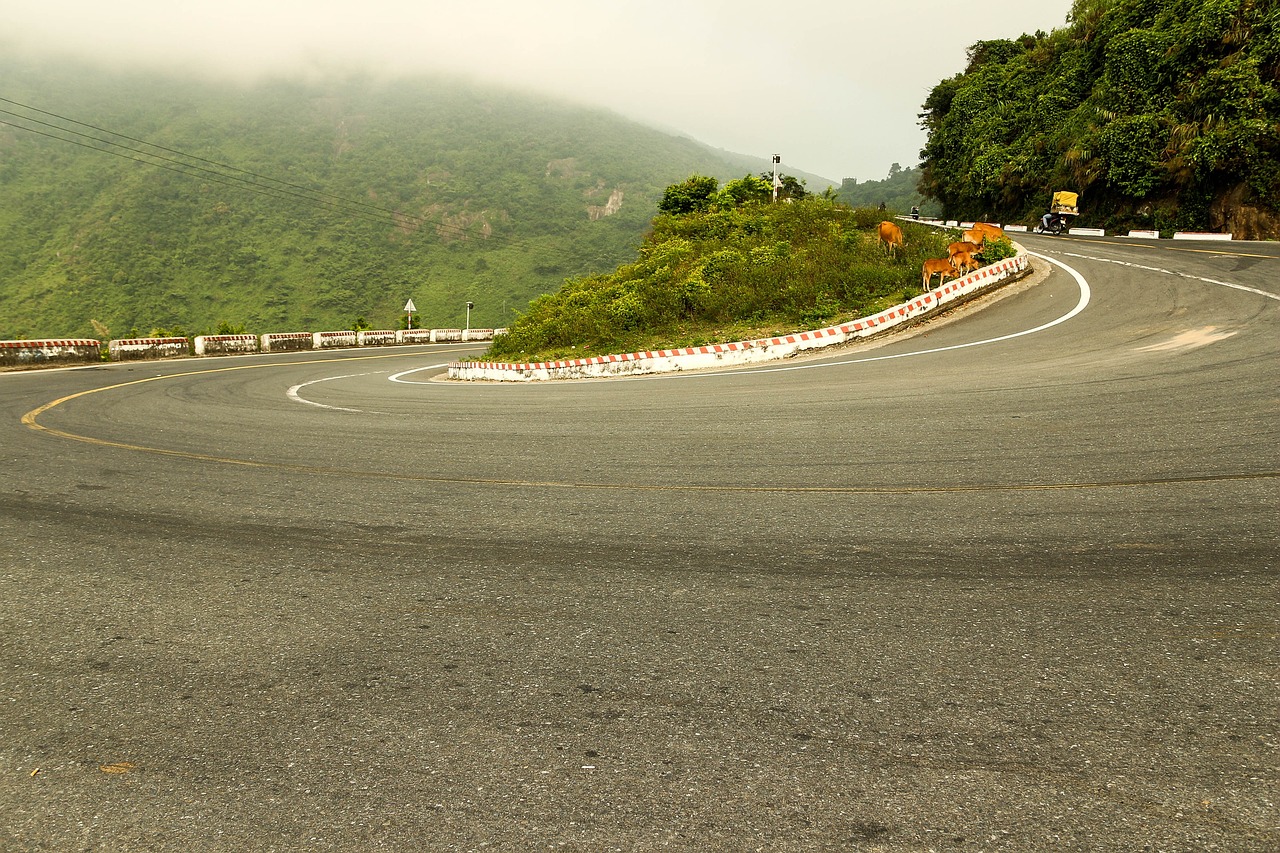Travel Photography: Tips, Tricks, and Destinations for Capturing the Perfect Shot
In the age of social media and digital storytelling, travel photography has become an essential aspect of how we document and share our experiences. Whether you’re a seasoned photographer or a keen amateur, capturing the essence of a destination through your lens can be both rewarding and challenging. This blog post delves into the art and science of travel photography, offering tips, tricks, and highlighting some must-visit destinations for capturing the perfect shot.
Understanding the Basics of Travel Photography
Travel photography is about more than just snapping pictures; it’s about telling a story and evoking the spirit of a place. To start, it’s essential to grasp the fundamentals of photography, which include composition, lighting, and exposure.
Composition is the arrangement of elements within a frame. It involves understanding the rule of thirds, leading lines, and framing techniques. These help in creating balanced and visually appealing images.
Lighting plays a crucial role in photography. The best times to shoot are during the golden hours—shortly after sunrise and before sunset—when the light is soft and warm. Harsh midday sunlight can create unflattering shadows, so it’s best to avoid shooting during this time.
Exposure refers to how much light reaches the camera sensor. Mastering exposure involves balancing aperture, shutter speed, and ISO to achieve the desired effect. An understanding of these elements allows you to capture images that are neither too dark nor too bright, maintaining the details and colors of the scene.

Essential Equipment for Travel Photography
While smartphones have revolutionized photography with their portability and advanced features, having a dedicated camera can enhance your travel photography experience. Here are some essential pieces of equipment to consider:
- Camera: A DSLR or mirrorless camera offers flexibility with interchangeable lenses and manual settings, allowing for greater creative control.
- Lenses: A versatile zoom lens (e.g., 24-70mm) is great for most situations, while a wide-angle lens (e.g., 16-35mm) is ideal for landscapes and architecture. A prime lens (e.g., 50mm) offers sharpness and excellent low-light performance.
- Tripod: Essential for long exposure shots, night photography, and when capturing time-lapses or panoramic images.
- Filters: Polarizing filters reduce glare and enhance colors, while ND filters allow for longer exposures in bright conditions.
- Backup and Storage: Carry extra memory cards and a portable hard drive to ensure you never run out of space, and always back up your photos.
Tips and Tricks for Capturing Stunning Travel Photos
Now that you’re equipped with the basics and the right gear, let’s explore some practical tips and tricks to elevate your travel photography:
1. Research Your Destination
Before you travel, research your destination to identify iconic landmarks, hidden gems, and local events. Understanding the cultural significance and history of a place can help you capture its essence more authentically.
2. Tell a Story

Your photos should convey a narrative. Capture a series of images that depict the environment, people, and culture. Detail shots, like local cuisine or traditional attire, add depth to your story.
3. Experiment with Perspectives
Avoid standard eye-level shots. Experiment with different angles and heights to create unique compositions. Shooting from a low angle can add drama to a scene, while aerial views provide a new perspective on familiar sights.
4. Capture Candid Moments
Some of the most powerful images are those that capture candid moments. Be patient and wait for the right moment to click, whether it’s a child’s spontaneous smile or a street performer’s animated expression.
5. Use Natural Framing
Look for natural frames, like archways, tree branches, or windows, to draw attention to your subject and add depth to your images.
Top Destinations for Travel Photography
While every destination offers unique photographic opportunities, some places are particularly renowned for their visual appeal. Here are a few must-visit destinations for travel photographers:
1. Iceland
Known for its dramatic landscapes, Iceland offers an abundance of photographic opportunities. From the mesmerizing Northern Lights to the breathtaking waterfalls like Skógafoss and Gullfoss, this country is a haven for nature photographers.
2. Japan
Japan’s blend of traditional and modern elements provides endless inspiration. Capture the serene beauty of cherry blossoms, the energy of Tokyo’s bustling streets, or the tranquility of Kyoto’s temples. The cultural richness of Japan is evident in every frame.
3. Italy
From the architectural wonders of Rome and Florence to the picturesque landscapes of Tuscany and the Amalfi Coast, Italy is a visual feast. Don’t miss capturing the romantic canals of Venice and the vibrant colors of Cinque Terre.

4. Morocco
With its vibrant markets, stunning deserts, and historic medinas, Morocco offers a sensory overload. The blue city of Chefchaouen and the Sahara Desert are just two of the breathtaking locations begging to be photographed.
5. New Zealand
New Zealand’s diverse landscapes, from the fjords of Milford Sound to the rolling hills of the Shire, provide a stunning backdrop for photography. The country is also known for its vibrant Maori culture and outdoor adventures.
Conclusion: The Art of Travel Photography
Travel photography is an art that requires patience, skill, and creativity. By understanding the basics, investing in the right equipment, and practicing the tips and tricks mentioned above, you can capture images that not only document your travels but also tell compelling stories. Remember, the best camera is the one you have with you, and often, it’s your perspective that makes the photograph unique. So, pack your bag, grab your camera, and embark on your next photographic journey.
For more inspiration and guidance, check out Travel + Leisure’s photography section which offers a variety of articles and tips for aspiring travel photographers.
Embracing Post-Processing in Travel Photography
While capturing the perfect shot is crucial, post-processing can elevate your images to a professional level. Editing software like Adobe Lightroom and Photoshop offer powerful tools to enhance your photos while maintaining their natural appeal. Here’s how to make the most of post-processing:
1. Adjust Exposure and Contrast

Ensure your images are neither too dark nor too bright by adjusting the exposure. Contrast adjustments can add depth to your images, making them more visually compelling.
2. Fine-Tune Colors
Use the white balance and color correction tools to make colors pop while staying true to the scene’s original mood. Be cautious not to oversaturate, which can make images appear unnatural.
3. Crop and Straighten
Refine your composition by cropping out distractions or unnecessary elements. Use the straighten tool to correct tilted horizons, which can be particularly important in landscape photography.
4. Sharpen and Reduce Noise
Enhance the details in your photos by applying sharpening tools, but avoid over-sharpening, which can introduce unwanted artifacts. Noise reduction can help clean up images taken in low light.
5. Utilize Presets
Presets are a great way to maintain a consistent style across your photos. You can create your own or download presets from reputable photographers.
Ethical Considerations in Travel Photography
As a travel photographer, it’s crucial to be mindful of the ethical implications of your work. Here are some considerations to keep in mind:
1. Respect Privacy
Always seek permission before photographing people, especially in private or sensitive situations. Respect local customs and regulations regarding photography.
2. Avoid Exploitation
Ensure your images portray subjects with dignity and do not reinforce stereotypes or perpetuate harmful narratives. Consider the impact your photography may have on the communities you visit.
3. Give Back

Whenever possible, share your images with the people you photograph and contribute positively to the communities, whether through donations, promoting local artisans, or supporting sustainable tourism initiatives.
Staying Inspired in Travel Photography
Maintaining inspiration is key to continuing growth as a photographer. Here are some ways to keep your creative juices flowing:
1. Engage with the Photography Community
Join photography forums, attend workshops, and participate in photo contests. Engaging with other photographers can provide new perspectives and feedback on your work.
2. Explore Different Genres
Experiment with different photography styles, such as street, portrait, or wildlife photography. This exploration can introduce you to new techniques and ideas.
3. Follow Inspirational Photographers
Look up to established photographers whose work you admire. Analyze their techniques and compositions, and try to incorporate what you learn into your own photography.
4. Travel with Purpose
Set specific photography goals for each trip, whether it’s capturing a particular type of landscape or telling a story through a series of images. Having a purpose can guide your creative process.
Final Thoughts on Travel Photography
Travel photography is a rewarding pursuit that allows you to creatively document and share your experiences with the world. With the right techniques, equipment, and ethical considerations in mind, you can capture images that not only reflect the beauty of your travels but also resonate with and inspire others. Remember to stay curious and open to learning, as every journey has the potential to enhance your skills and broaden your perspective.
To further explore the world of travel photography, consider visiting Digital Photography School for a wealth of resources and tutorials designed for photographers of all levels.

